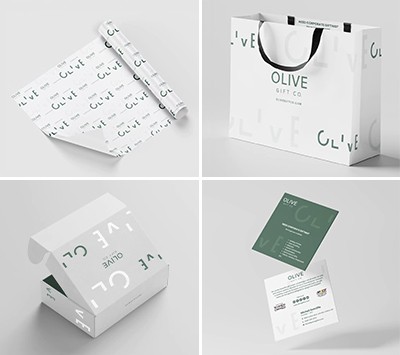Picture this. You’ve opened your small business, but now need to earn it some recognition and visibility. The solution? Establishing a brand. Even the smallest of businesses can benefit from the work that goes into creating a distinct brand – and the process of arriving there doesn’t have to be overwhelming.
Understand your brand – and define it
Before you decide on the finer details of your business’s brand, you should spend some time understanding it. What do you stand for? How do you want customers to perceive you? Once you’ve had some time to explore this, write out a brand mission and values. These will help you to communicate the purpose and goals of your business and act as the basis of your brand’s personality. Pretend your brand is a person – how would they speak?
Decide on a logo, brand colors and tone of voice
Once you’ve defined your brand, it’s time to bring its personality to life! If you don’t have a logo yet, source a graphic designer to craft one for you or use resources online (like Canva or Adobe) to create one yourself. Alongside your logo, decide on the colors and fonts you’d like to be used on all print and digital materials. Additionally, spend some time establishing your brand’s tone of voice. This should match the personality you’ve created for your business; for example, if your business is in the luxury clothing and accessory industry, your tone of voice should be elegant, refined and trustworthy. Once these are established, be sure to use them consistently in all communication.


Consider establishing brand guidelines
Brand guidelines are a set of tools and rules on how to use various elements of your brand. They ensure the way your business is portrayed to an outside audience is consistent, and they set best practices for anyone who supports the marketing side of your business. Brand guidelines can be as extensive as a book, but don’t need to be; they can also take the form of a simple document.
So, what should your brand guidelines include? Here are a few examples of elements you might consider incorporating.
- Visual elements like your logo and its usage, color palette, fonts and any imagery or illustrations you’d like your business to use
- Tone of voice that aligns with your brand values, customer base and any overarching messaging you’d like to communicate to your audience
- Social media best practices that cover the type of content your business posts, imagery that is suitable to post, and the way you engage with your followers
If you’re feeling a little stumped on what branding might look like for your small business, check out some Spotlight Shop businesses that are doing it well, like Half & Half Boutique and Foraged.
No matter how big or small your business is, it is worth establishing recognizable branding that defines exactly who you are. After all, your brand doesn’t only define who you are as a business, it is key to how your audience experiences it and can contribute to crafting a loyal base of customers that know and love you.
